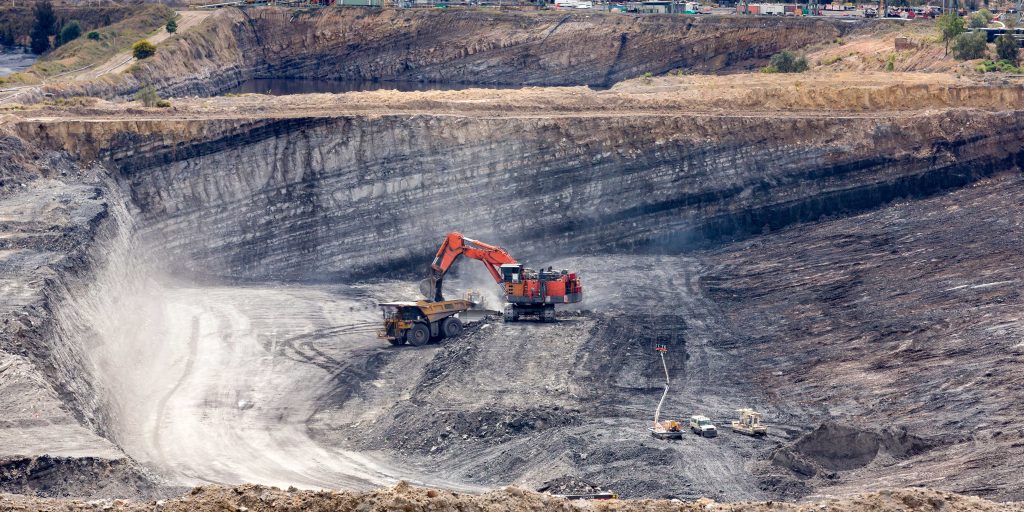January 11, 2024
By Doug Hodge | LinkedIn
New private capital expenditure in construction was down 10.8 percent in Queensland from June to September 2023, with growth in other states and territories in Australia dominating the mining and construction industries. The world had been in large need of minerals and metals to achieve global net zero emissions by 2050, which are dispersed around the country. This had driven a significant uplift in exploration, with Australia having over 100 prospective mining and processing projects totaling about $50 billion of investment and potentially providing around 30,000 construction jobs. However, these prospects need to appeal to potential investors to ensure the required flow of funds for capital growth.
The Queensland Government had been proactively supporting the transition to resources other than coal, investing in initiatives like the Copperstring Project, which aims to improve power supply in North-West Queensland and promote the exploration of critical minerals. They are also funding a state-of-the-art facility for processing critical minerals near Townsville, offering a unique “try before you buy” option for investors interested in exploring other mineral resources. Traditionally, the Queensland mining industry had depended on coal, which had significantly contributed to a 21% rise in national economic growth over the past four years.
The decline in Queensland’s capital growth in the third quarter of 2023 had been mainly due to the looming 40 percent royalty tax deterring investment and scheduled maintenance being prioritized over expansion for coal mines. Despite the price of coal remaining elastic with high demand, mine owners had undergone restructures and hiring freezes around their capital project portfolios while they got a comprehensive understanding of external factors playing a part in QLD’s strategic vision forward.
BHP signified their focus on critical minerals by acquiring South Australian company, OZ minerals. They sold part of their coal portfolio under BMA, including two key metallurgical coal mines, to Whitehaven Coal for US$4.1 billion. They had strengthened their foothold in the future with Caval Ridge, however, adding an additional 20 years, increasing the saleable value in doing this, as well.
There are concerns that the shift towards critical minerals might not provide as many jobs if the coal sector declined, while the time it takes to set up a mine could be several years. Looking ahead, jobseekers are relying on the government to decrease the royalty tax or increase exploration more to create the need for new infrastructure growth and attract new investment. Exploration spending in Queensland has surpassed $770 million in the 12 months up to June 2023. This represented a growth of over 4% compared to the previous year and marked the sixth consecutive year of increase. This is includes new minerals such as vanadium, essential for renewable batteries, aerospace, and high-speed tooling, and mineral sands, which were in demand for solar panels and glass production.
Doug Hodge – Projects and Engineering Recruiter
0401 197 401

Leave a Reply